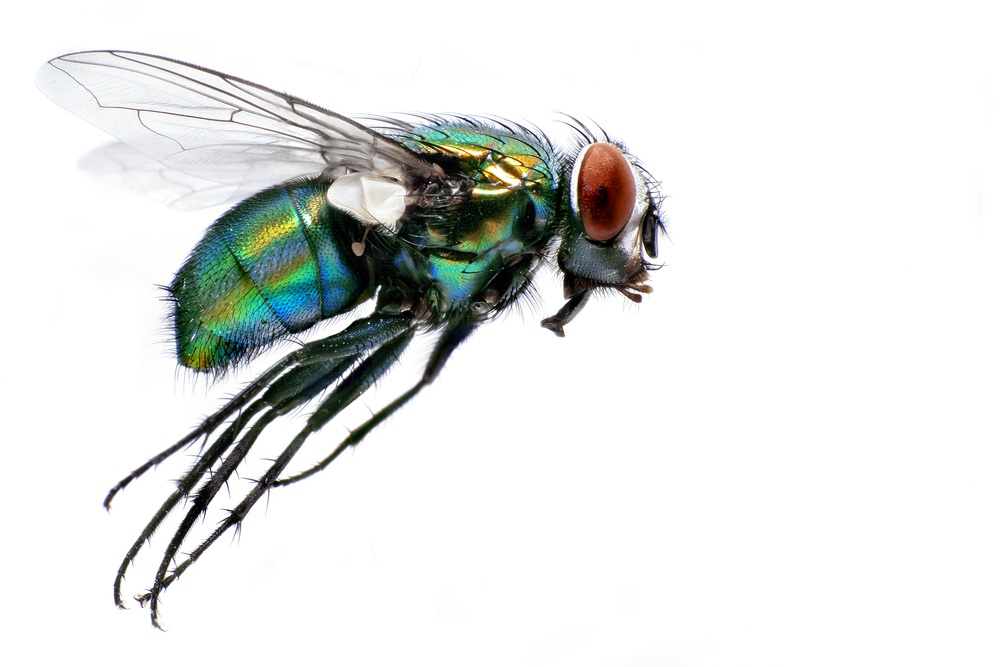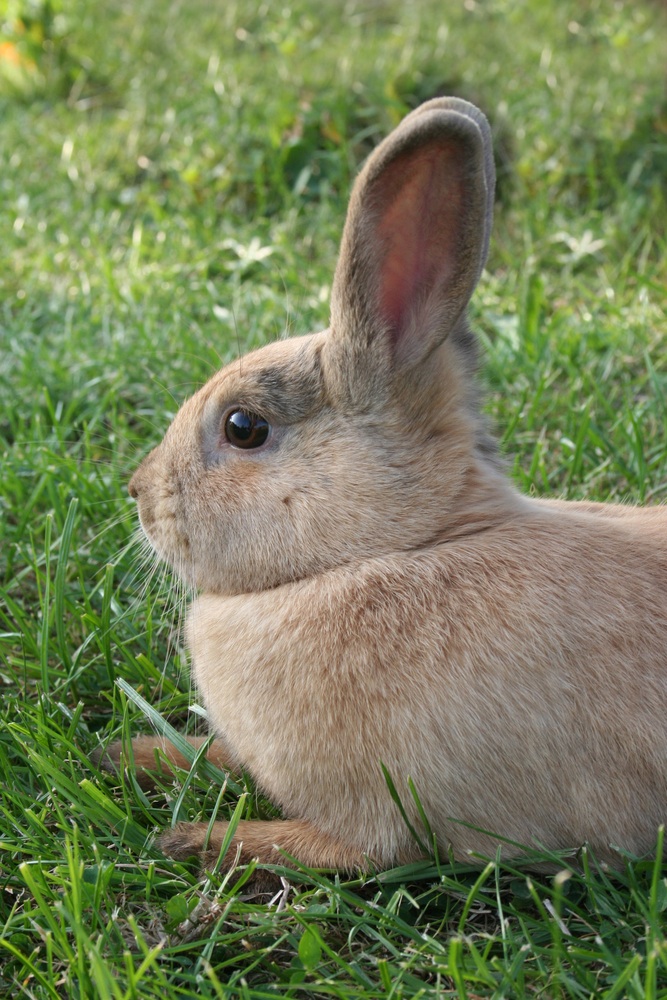My friend's rabbit has just died of fly strike. It sounded horrendous. What is this, and how can I safeguard our children's pet ?

It's a particular problem which can occur when the weather is hot and there are plenty of bluebottles and similar flies around. It is not just rabbits which can be affected - long-haired cats in particular can be vulnerable too. It is usually triggered by diarrhoea, which stains the fur around the animal's rear end. This then attracts the flies, searching for somewhere to lay their eggs. These hatch rapidly into maggots, which thrabbit on grassen burrow into the unfortunate creature's skin.
The real danger is hidden though, because the maggots also produce a toxin as they feed, which enters the animal's bloodstream and can rapidly prove fatal. When this occurs in the wild, the maggots then carry on feeding on its corpse, before pupating and ultimately hatching into flies.
Protecting a pet from fly strike firstly relies on observation - you need to ensure that there is no soiling of the fur around its rear end. If there is, this area needs to cleaned, so it will not attract the flies. Regular grooming, and possibly clipping back some of the fur in this danger area in the case of a long-haired rabbits can also be recommended. Obviously, keep your pet's quarters clean as well.

Should you find that maggots have hatched, it is very important to take your rabbit to the vet without delay, so that the wound can be thoroughly cleaned, and the maggots removed, to promote healing. As a further precaution, there are now special fly screens on the market, which should make it impossible for flies to reach a rabbit in its hutch in the first place although they can still be at risk out in a run.